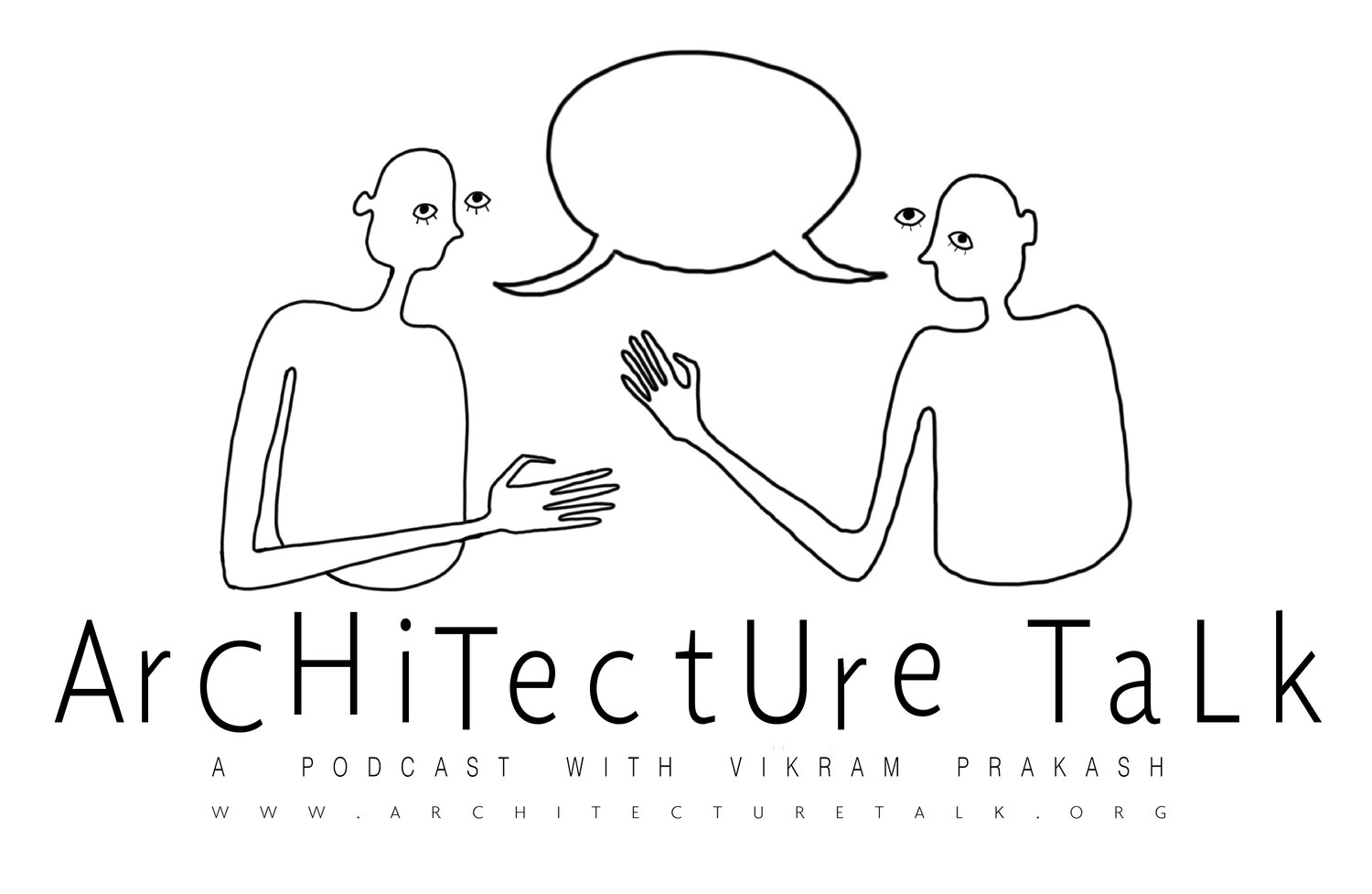25: Season 2 and Reissue of Transference and Architecture with Dominick LaCapra
““There is something sacrilegious about fracking.””
Cornell University’s Professor Emeritus of Intellectual History, Dominick LaCapra discusses the constitutive role of transference in our relationship to history, historiography, animals and architecture. We discuss transference’s relationship with empathy and connecting with Others, and when it ‘crosses the line’ and becomes pathological. Topics include the architecture of Auschwitz, the skyscraper versus adobe, and the possibility of a non-anthropocentric ecological future.
Timestamp Outline
2:18 Transference in daily life
2:50 Psychoanalysis and transference
4:24 Countertransference and power
5:41 Participant observation in anthropology: Frank Hamilton Cushing and the Zuni people “transference to the point of identification”
8:10 “How do we know when this is identification gone too far, and when it is a more critical relationship? When is it an empathetic relationship and when is it not?”
10:54 Transference, houses, and ghosts as a “cut against the grain of capitalism”
11:57 Animals, pets and transference (book)
14:02 Himmler, vegetarianism, the Holocaust, and psychosomatic stomach cramps. [THUNDER]
16:14 Dissociation of people and animals: capitalism and the rise of the meat industry and its dis-association with 19th century English lapdogs
17:20 Critique of human exceptionalism: average fish can swim 35 mph; fastest human, 5mph
19:51 The problem of identifying with the other as self
20:21 Claude Lanzmann's film “Shoah” and the film as shiva
25:18 Topf & Sons, Karl Bischoff and the design of the ovens and architecture at Auschwitz
25:50 Auschwitz as a utopia: Debórah Dwork book and the design differences between death camps and work camps
28:04 Utopia, Modernism, efficiency and death camps
29:04 Glass, steel and Bentham’s panopticon
30:16 Modern architecture and the social project after WWII
33:30 Colin Rowe, Levi-Strauss, engineering and bricolage
35:21 Adobe like an essay, non-transcendental
35:58 Italo Calvino’s Invisible City as place of heteroglossia
37:34 Wittgenstein: language as an ancient city
38:38 The city as psychotherapy: Freud and the red light district
39:37 “In language and elsewhere, in construction, I argue for an informed and careful combination of the logical, or hypotactic, and the parataxic - collage, bricolage - rather than one or the other.”
40:01 The writing of W.G. Sebald and Nabokov as paratactic, nonlinear work arising out of the ruins (Walter Benjamin)
42:31 Recent ruins (sinister) / older ruins (nostalgic)
44:19 Trump skyscraper: “Desire for height which, for me, is very much related to the overdone propensity for excess and the sublime in Modern aesthetics. You want things that are towering, that take away your breath, that leave you speechless, that are somehow analogous to near-death experience. ”
46:19 New York horizon, southwest horizon
46:49 Indigenous religions, monotheisms, and books trying to connect Buddhist ideas to Derrida
48:11 Immanence, transcendence, “situational sacredness”, ecology, exploitation and “limits that imbue the world”
49:16 Radical transcendence vs sacred in the seen
50:50 “Realization that you cannot have betterment for human beings, that you cannot put forward economic arguments (Bernie Sanders), without having that broader ecological context. These things have to be situated ecologically, and also in terms of the impact on the rest of nature of what we do...There is something sacrilegious about fracking.” [dog shakes]







